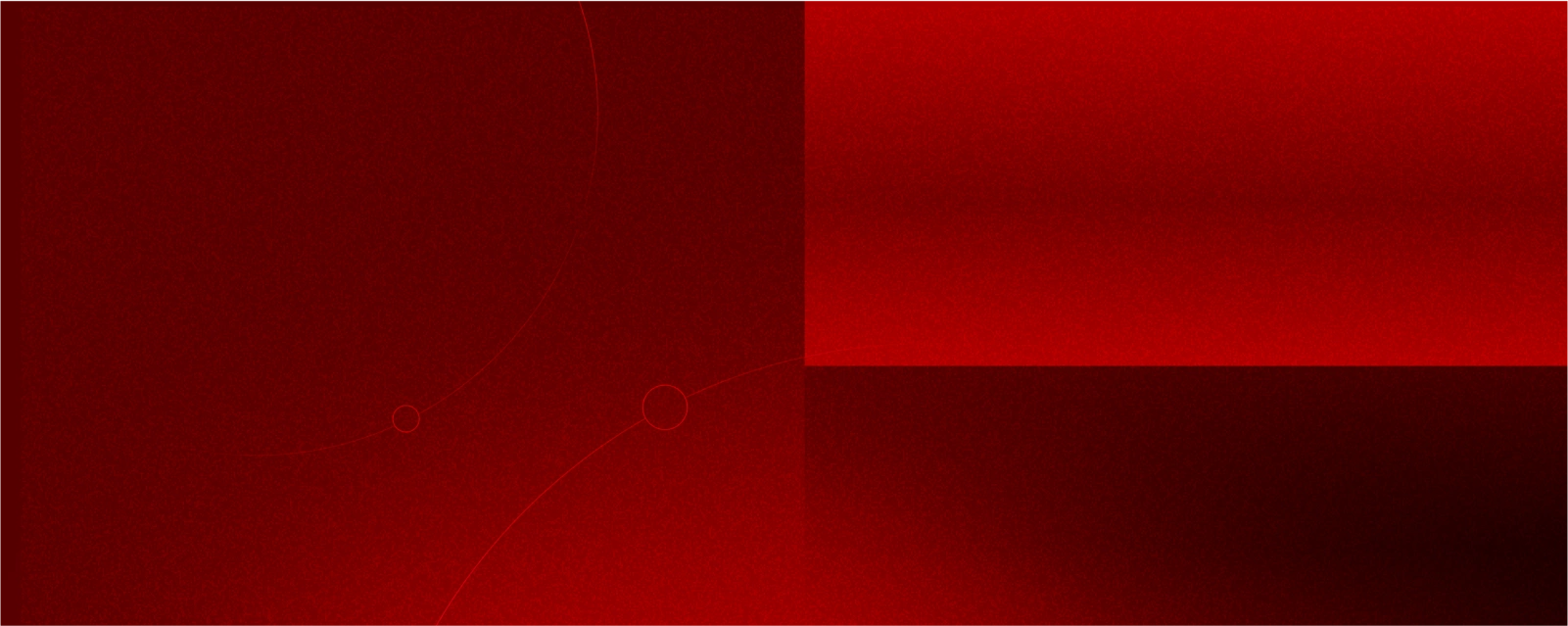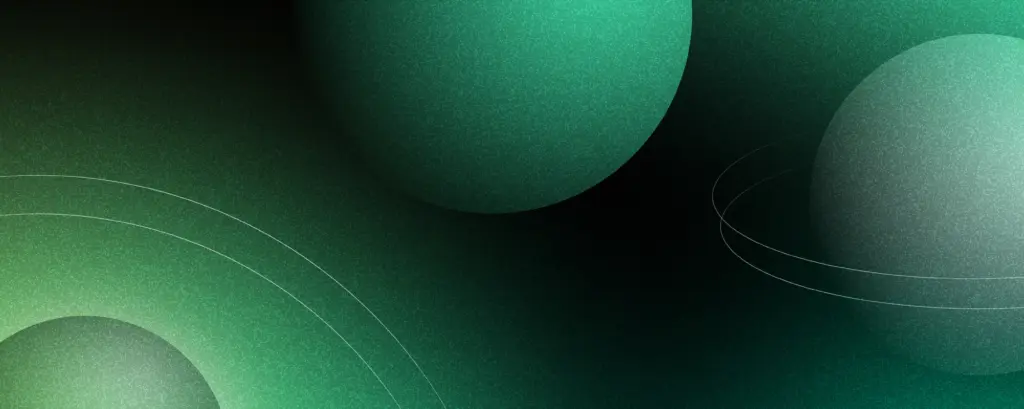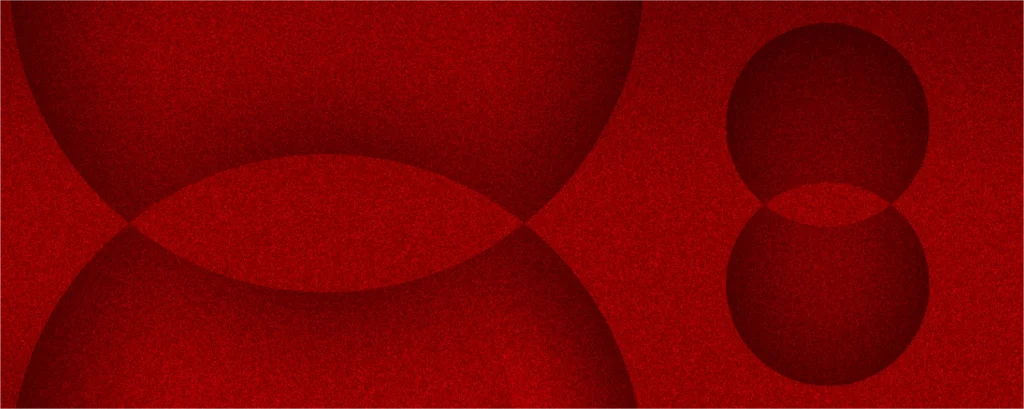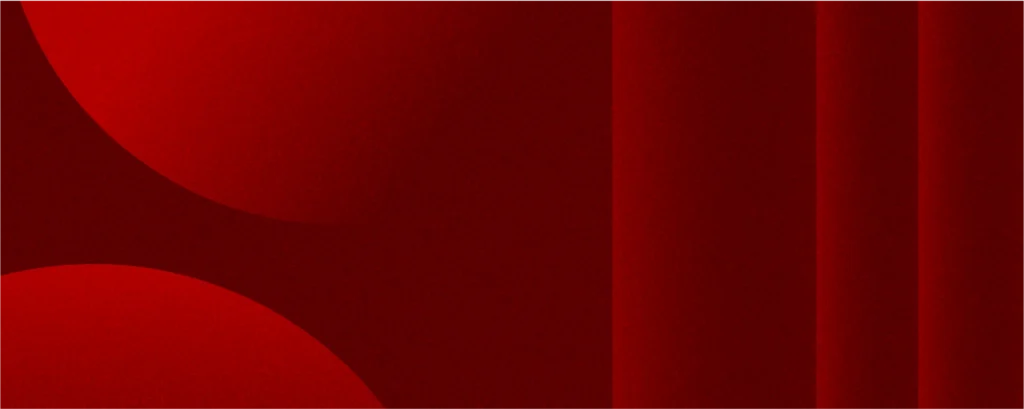September 4th, 2019 | by Sebastian Gaweł
Walt Disney: The Uncrowned King of UX Designers

Table of contents
What is the user-centered design and why UX designers should focus on it? In a world of multiple apps occupying not only the same segment but even niches, a product design company has to aim at details to win over the hearts, minds, and wallets of end-users. Details are most important – they form a holistic customer experience, with Walt Disney as an uncrowned king.
Walt Disney was a great dreamer and a businessman. Best known as a cartoonist, animator, voice actor, and film producer, he pioneered the American animation industry and led his company to multiple national awards. His greatest success still flies under the radar. What he did with Disneyland should be studied by UX Designers all over the world. Here’s how it translates into UX design.
The best UX is invisible
The thesis might be seen as controversial but think about it. UX in software is like music in movies – no one cares about it until it’s gone. Both define our experience – by boosting emotions or removing obstacles in a way of seamless usage. Walt Disney knew that. He didn’t create Disneyland to sell tickets, he created it to give people experiences of their lives. In the 1940s Disney traveled to Europe with his daughters. He wanted to discover a new and exciting way to spend quality time with the family. He didn’t find one, so he decided to build his own place. That’s how Disneyworld, the world’s first theme park, was born.
Disney was keen to open a three-dimensional theme park he dreamed of. Full of characters to touch and interact with, and magic that happens around every corner. The dream wasn’t associated with cinema, theatre, or any other, known to him, places when magic usually happens. Disney centered the experience around human interaction that was personal and memorable. Live stage shows highly influenced the animator but didn’t make him forget about what is the most important.
That’s how Disneyland functions today. Visitors are not called ‘clients’ but ‘quests’ and that’s only the beginning. Everything – from the moment they enter the park, through rides, shops with food and beverages, accommodation, ending with shopping – is designed to help people experience the legacy of Wal Disney. The idea behind the park is clearly there but quests so emerge in the experience, they don’t see a system behind it.
The best UX is like a MagicBand
MagicBand is a smart wrist band that unlocks a sea of opportunities for quests. These all-in-one devices unlock the door to Disney Resort hotel rooms, allow to enter theme and water parks, reduce waiting time in a queue, charge food and merchandise purchase to Disney Resort hotel room. They can also unlock personalized surprises when visiting Walt Disney World Resort. By approaching a ‘touchpoint’ and nearing the wrist band to a special reader, a quest can be recognized.
That’s how it works and should work. User experience, customer-centricity, is the core of every good design. Let’s take a closer look because one thing is elusive for most designers. User experience in Disneyworld removes obstacles for one. It also personalizes the experience. MagicBand works like a plugin in an internet browser. It’s not necessary to surf but very useful nonetheless. It makes your experience smoother, enriches it, and makes you come back. A web browser not supporting plugins is doomed to fail.
The lesson for UX designers
UX designers that don’t understand that sooner or later will be faced with negative feedback. Customer experience is really a sum of interactions that a client has with the company. Not a product, a company. An app is just the most visible and tangible proof of that and a ‘touchpoint’ for the client. The mistake some designers make is that they see user experience as a function of the application itself rather than a vital thing for a company’s image. It’s simple – if I can’t use the application or the interface is laggy, buttons are poorly placed and I don’t know where to click next, something is clearly wrong. No one thought about me, my desktop or mobile needs. No one thought about at least slim personalization options so that my time spent with the application could be better received.
The best UX is like a Walt Disney quote
First, think. Second, dream. Third, believe. And finally, dare.
This is how Walt Disney had seen success. UX design services should be built around that quote and with the end-user in mind.
- First is the client. He needs something, he has an idea. Or a problem the application would solve.
- Then there’s a dream. A moment between a stone-cold budget calculation and realizing that this app can really happen and help other people with their struggles.
- Next comes the belief. When you believe that a team of qualified software product developers can help you and you trust them.
- What’s left is to dare. Contact a software product development provider and tell him about your needs.
Read more: “How Understanding the User Affects the Product Design Process?“
The future of UX seems to lie in research tools and experience mapping. As software developers and UX designers, we like to deliver the app to our customers as soon as possible; the market is demanding. Rapid application development won’t help us if we don’t lean over the problem of human interaction with the application and the way he or she interacts with it.
User experience has to be compassionate, thoughtful, and imaginative. There aren’t a lot of companies that pay enough attention to user experience and user interface. UX/UI is are critical in the modern approach to software product development. I work for CSHARK as a UX/UI Designer, the company is deeply engaged with delivering quality. People’s problems come first, that’s what applications are for. The way people are using them goes next. Imagination on how to improve the experience by listening to the feedback closes.
Think, dream, believe, dare!


